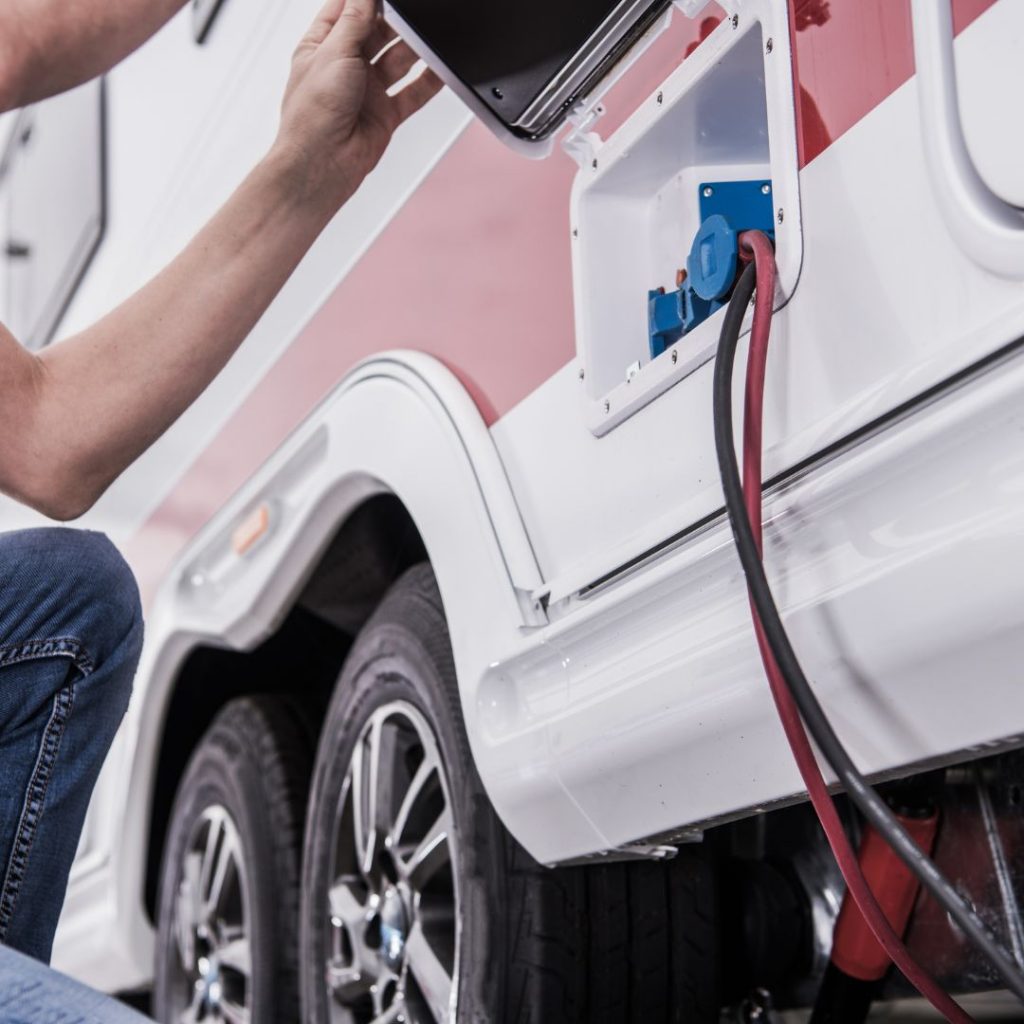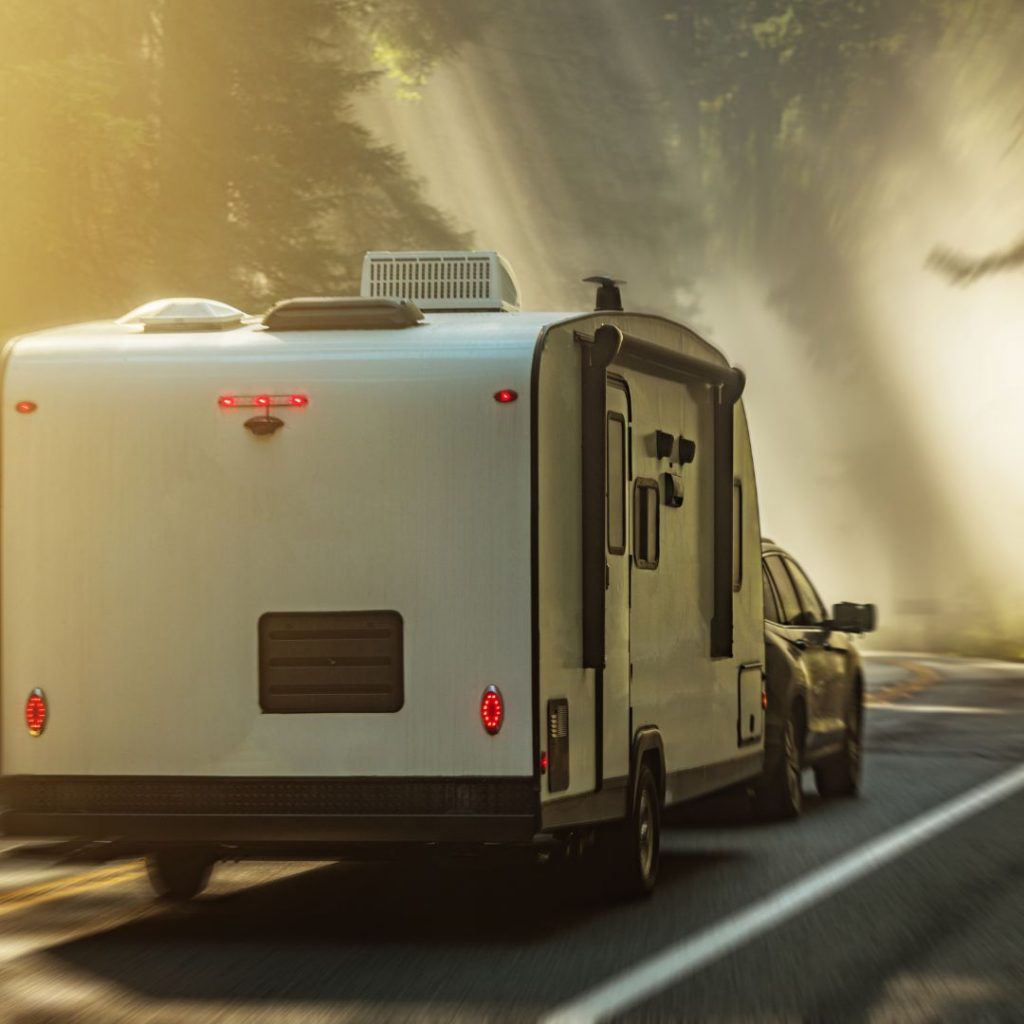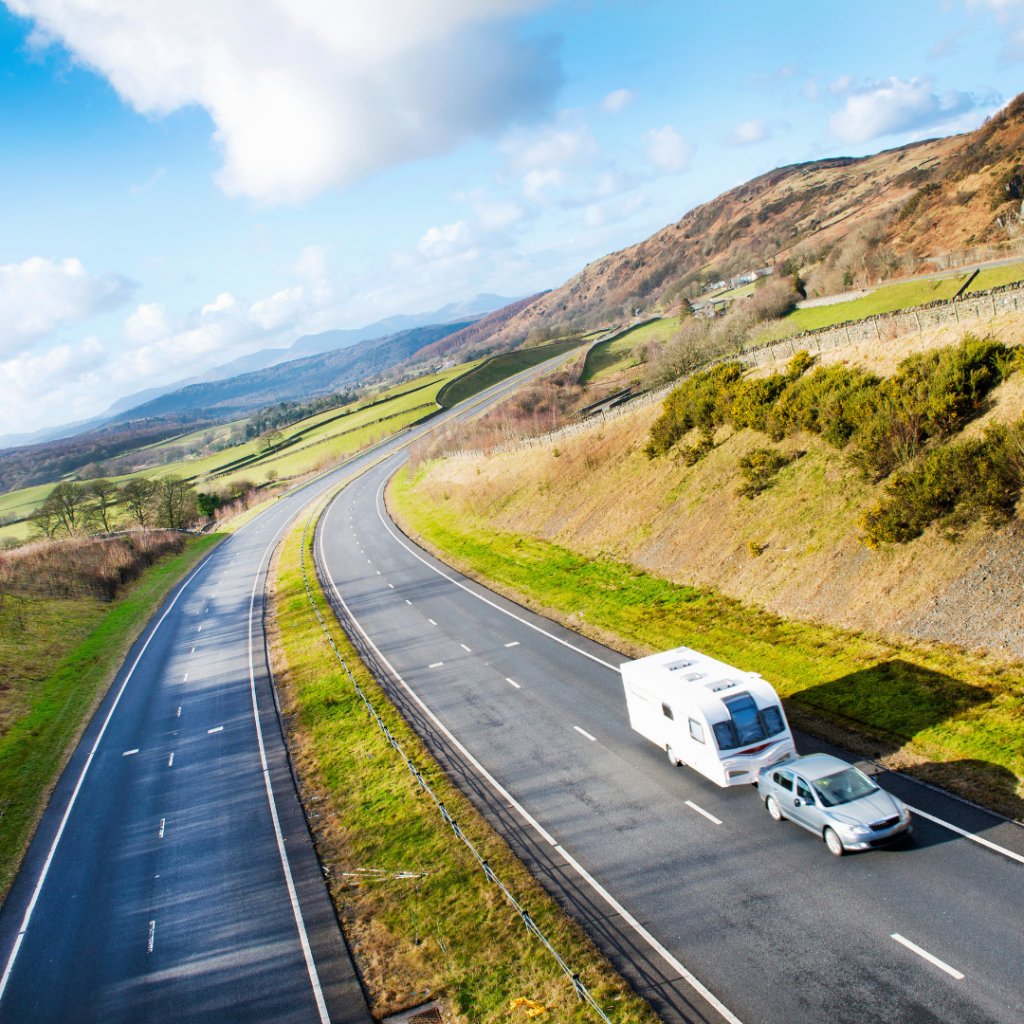Why Winter is the Perfect Time for a Motorhome Adventure
Winter might not be the first season that comes to mind when planning a motorhome adventure, but it’s truly a hidden gem for those seeking a unique travel experience. While many associate motorhome trips with summer, winter offers a magical alternative filled with scenic beauty, and memorable moments. From relaxing, snowy landscapes to cosy campsites without the crowds, here’s why winter is an ideal time to take your motorhome on the road and tips for making the most of it.
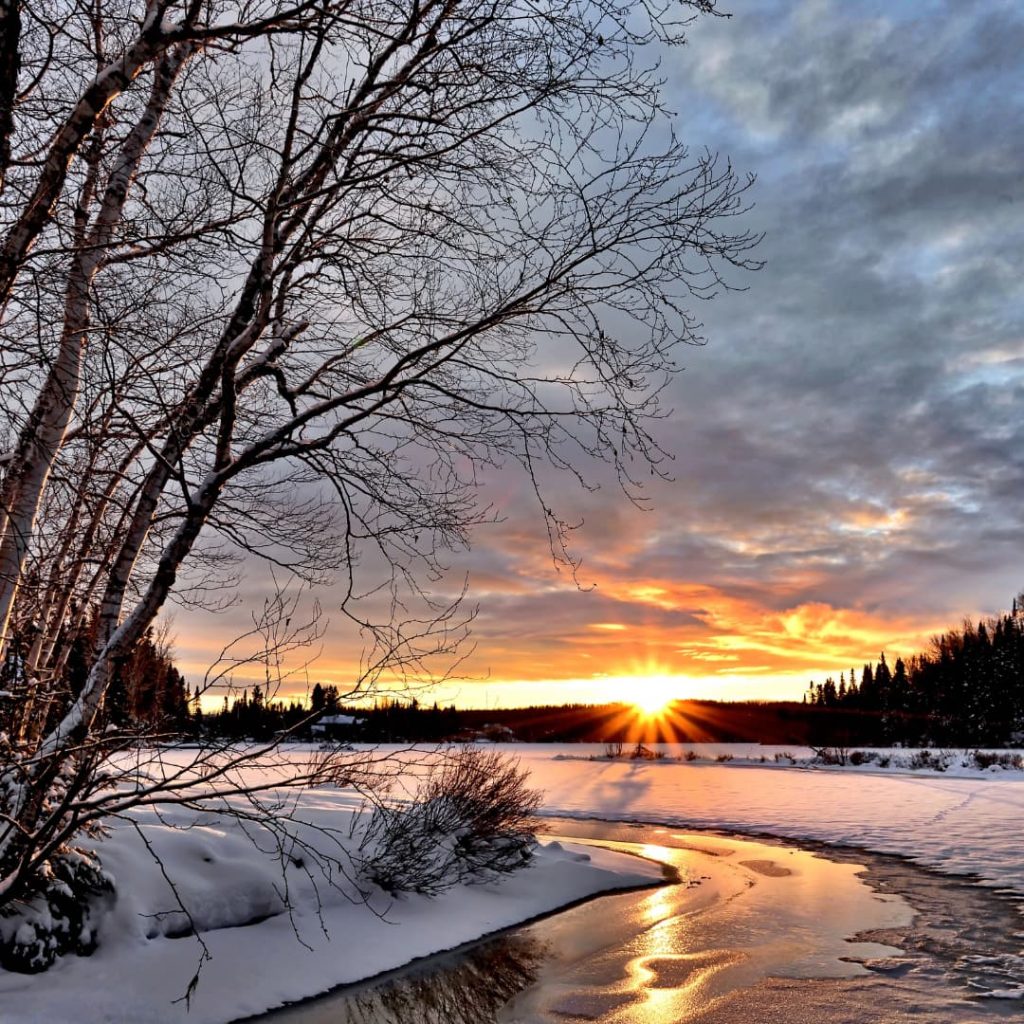
Embrace Fewer Crowds and More Space
One of the greatest perks of winter escapes is the freedom from peak-season crowds. Popular destinations that are usually packed during summer months become peaceful, making it easier to soak in the natural beauty and enjoy a relaxed atmosphere. Famous UK landmarks, from the Lake District’s stunning lakeshores to the Scottish Highlands’ majestic peaks, are refreshingly quiet during winter. You’ll find open spaces, quieter trails, and even a spot to park and take in the scenery without the usual hustle and bustle.
Fewer visitors also mean easier access to campsites, so there’s no need to book months in advance. Many campsites lower their rates in the off-season, so you’ll enjoy more space and a more affordable stay. This quieter environment allows you to experience the destination in its raw beauty and truly connect with the landscape.
Experience Scenic Snowy Landscapes and Frosty Mornings
Winter transforms the UK countryside into a picturesque wonderland. Imagine waking up in your motorhome to a snow-dusted forest or a serene lake with a layer of frost on the shore. From the Yorkshire Dales blanketed in snow to the Scottish mountains glistening under winter sunlight, the scenery is spectacular and unlike anything you’d see in the warmer months.
For those seeking breathtaking views, consider parking your motorhome near scenic spots like the Peak District, Snowdonia, or the Cairngorms. A morning walk through frosty fields, followed by a warm cup of tea in your cosy motorhome, offers a simple yet memorable way to enjoy the beauty of winter landscapes. And with clear winter skies, you’re also in for fantastic stargazing experiences, especially in remote areas where light pollution is minimal.
Find Peace and Solitude in Popular and Lesser-Known Spots
Winter motor homing is ideal for anyone craving solitude and a break from the usual rush. Popular destinations, such as the Lake District or Cornwall’s coastline, are often overcrowded in summer, but during winter, they take on a calm, almost fine quality. This makes it easier to relax, find your own quiet corner, and explore trails and viewpoints at your own pace.
If you’re seeking even more solitude, winter is a great time to discover lesser-known gems across the UK. Places like Northumberland National Park, the Forest of Dean, or the quiet coastline of North Wales become perfect spots to unwind. With fewer people around, you’ll have the luxury of immersing yourself in these hidden treasures without distractions.
Winter means quieter campsites, with some campsites offering designated winter amenities like heated shower blocks and electricity for your motorhome’s heater. The peace and solitude are ideal for unwinding, giving you space to appreciate your surroundings and focus on yourself or your travel companions. Pack some warm blankets, bring along a portable heater, and stock up on hot drinks to enjoy while watching the world outside. Many campers even add festive decorations, making their motorhome feel like a little winter cabin on wheels. Set up fairy lights, sip hot cocoa, and settle in for movie nights under a blanket – creating your own cosy retreat on wheels.
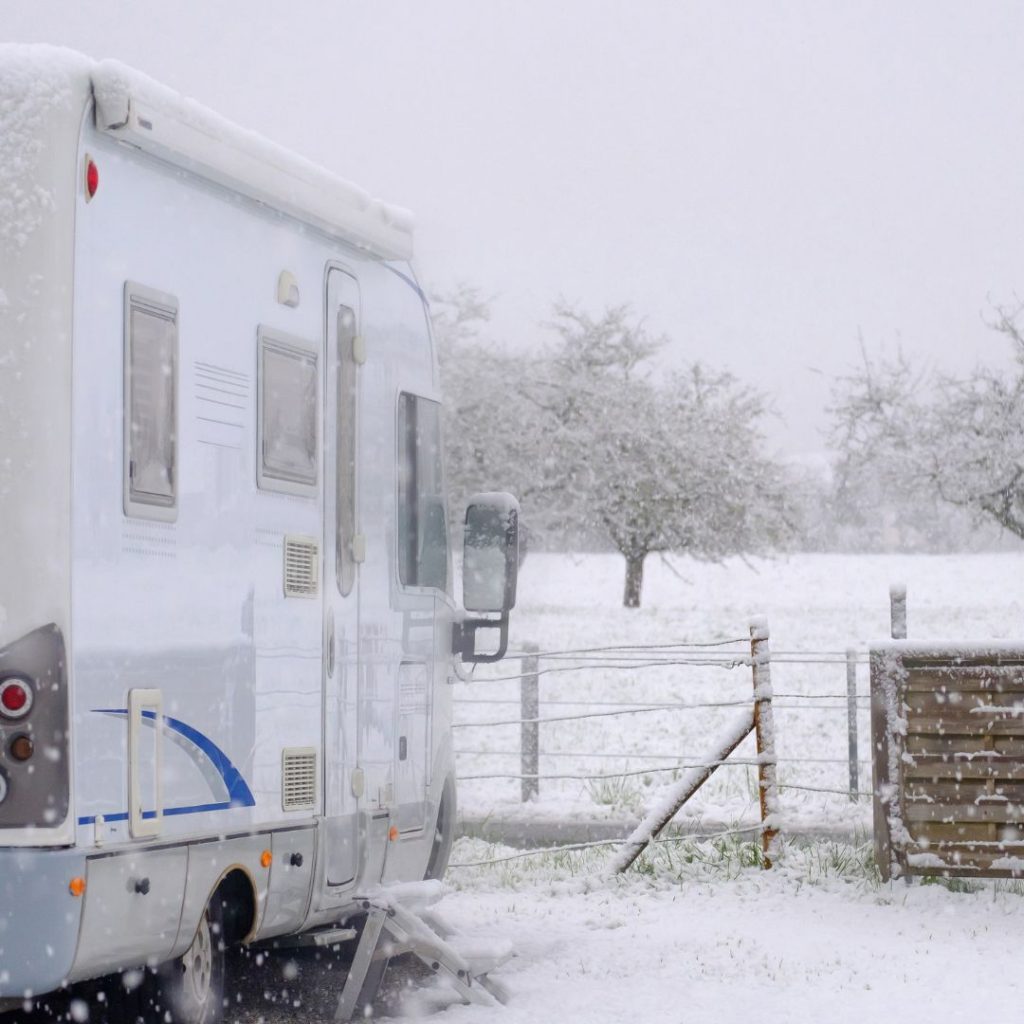
Tips for a Successful Winter Motorhome Adventure
While winter travel has its advantages, a bit of planning goes a long way in making the most of it. Here are some essential tips to prepare for a safe, comfortable, and enjoyable winter motorhome trip:
- Check Your Heating System: Make sure your motorhome’s heating system is in top condition before setting off. Portable heaters can also be a great backup for added warmth on cold nights.
- Pack for Warmth: Bring layers, warm blankets, and winter gear, including thermals, waterproof clothing, and sturdy boots. Extra insulation, such as draft stoppers and reflective window covers, can also help retain heat inside your motorhome.
- Stock Up on Essentials: With some campsites and facilities closed in winter, plan for self-sufficiency. Bring enough food, water, and fuel to last a few days and carry emergency essentials, like a first aid kit and a flashlight.
- Prepare for Icy Roads: Winter weather can be unpredictable, so check the forecast regularly and be prepared for icy or snowy roads. Keep an eye on tire pressure, use antifreeze, and carry a snow shovel and traction mats, just in case.
- Choose Your Campsites Wisely: While many campsites remain open during winter, some may limit services or close certain facilities. Research winter-friendly campsites with heated facilities or electricity hook-ups for a comfortable experience.
Embrace the Peace of Winter Motor homing
With fewer crowds, breathtaking landscapes, and cosy experiences, winter is a wonderful time to explore the UK by motorhome. The quiet beauty of the season offers a sense of peace and freedom that’s difficult to find during peak travel months. So why wait until summer? Embrace the unique charm of winter motor homing and experience the UK’s landscapes in a whole new light. The open road awaits – frosty mornings, snow-capped hills, and quiet, scenic spots are all part of the magic you’ll discover on a winter motorhome adventure.
Discover your perfect winter adventure with us at Ropers Caravans! Specialising in an extensive range of motorhomes, we offer options for every traveller. Whether you’re seeking a cosy getaway or an off-grid experience, our motorhomes provide the comfort and quality you need to explore in any season.

